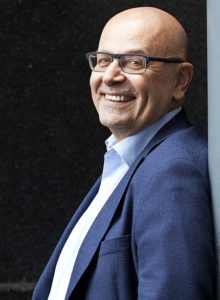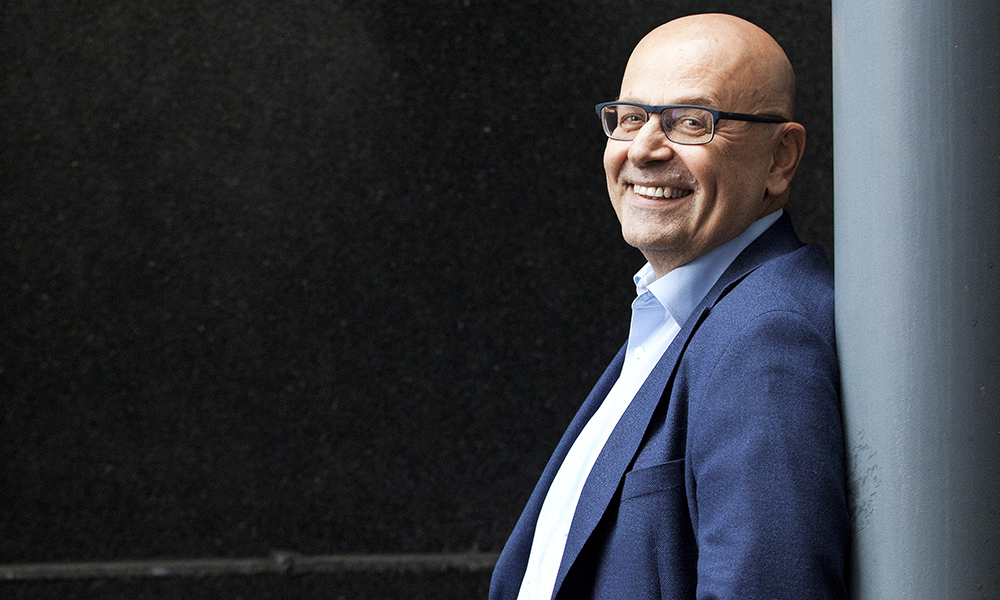 When I tell my colleagues from other countries that the matriarch of our main grid – Rautarouva (Iron Lady) – is turning 90 this year, they are always amazed and full of admiration: Wow, how is that possible! The Iron Lady combines many positive aspects of Finnishness. The key mottos have been: Do it well and keep it in condition. When the transmission line was originally built, our engineers were sent to Europe to learn how to design and build a sturdy transmission line. Most of the work was given to Finnish workers in order to ensure future expertise in this field.
When I tell my colleagues from other countries that the matriarch of our main grid – Rautarouva (Iron Lady) – is turning 90 this year, they are always amazed and full of admiration: Wow, how is that possible! The Iron Lady combines many positive aspects of Finnishness. The key mottos have been: Do it well and keep it in condition. When the transmission line was originally built, our engineers were sent to Europe to learn how to design and build a sturdy transmission line. Most of the work was given to Finnish workers in order to ensure future expertise in this field.
Finland has always had a good understanding of how important maintenance is – we’ve never had the luxury of allowing equipment to deteriorate into poor condition. In terms of maintenance, Fingrid has been a global trailblazer since the company’s early days. This year, the old Iron Lady is finally retiring and will entirely be replaced by a new connection. This has been a systematic process lasting nearly a decade. We can only hope that the new Iron Lady 2.0 lasts as long as its predecessor.
We’re going through a very important period in terms of grid construction, as we alter the power system to meet the needs of new clean energy production. One action involves reinforcing the transmission connections between Finland and Sweden and also inside Finland in the north-south direction.
We began this work by building the Coastal Line, which stretches from Northern Ostrobothnia all the way to the Pori region. This line has proven to be an extremely important connection as it has allowed and will continue to enable the connection of wind power to the Gulf of Bothnia coast. Everything that we assumed when making the investment proposal has come true. In fact, even more has happened if future wind power plans are taken into consideration. The Coastal Line truly is the foundation for building regional and nationwide wind power.
Next on the list is the Forest Line, which will run from Northern Ostrobothnia to the Jyväskylä region. This line will make it possible to build additional wind power in Northern Finland. It is also essential with regard to increasing transmission capacity between Sweden and Finland. Construction of the Forest Line is scheduled to start at the end of this year and it will be completed in 2022. After that, we’ll move on to the third alternating current connection between Finland and Sweden. This is a wonderful joint project being implemented in cooperation with Svenska kraftnät. It will allow better shared use of wind and hydropower at the Nordic level and simultaneously enhance the system security of the Finnish power system in a new operating environment.
Our work won’t end with these projects, and we’ve already started preliminary planning to double the Lake Line. This transmission connection from Northern Ostrobothnia to the Kuopio region will likely be completed during the next decade. We’ve got plenty to do, but the investment level will remain at a reasonable level and clearly lower than in our neighbouring countries.
It feels great to see traditional transmission line and substation construction play a central role in facilitating clean energy production. This provides an extra boost for our work, and it may also increase the industry’s appeal among young people by highlighting our role in preventing climate change.
Kari Kuusela
Executive Vice President






